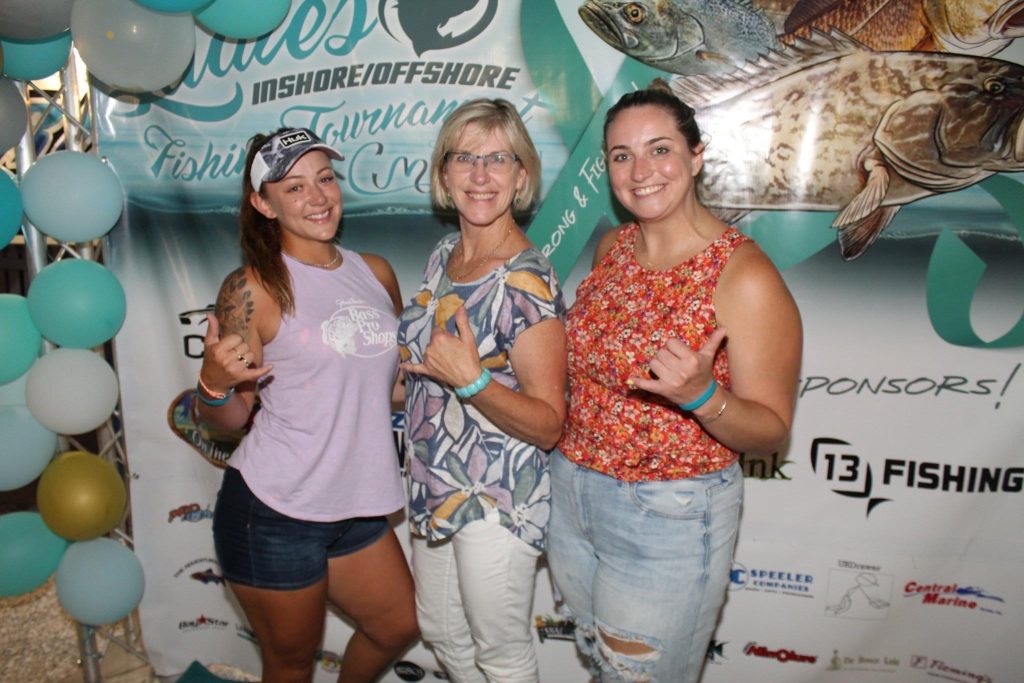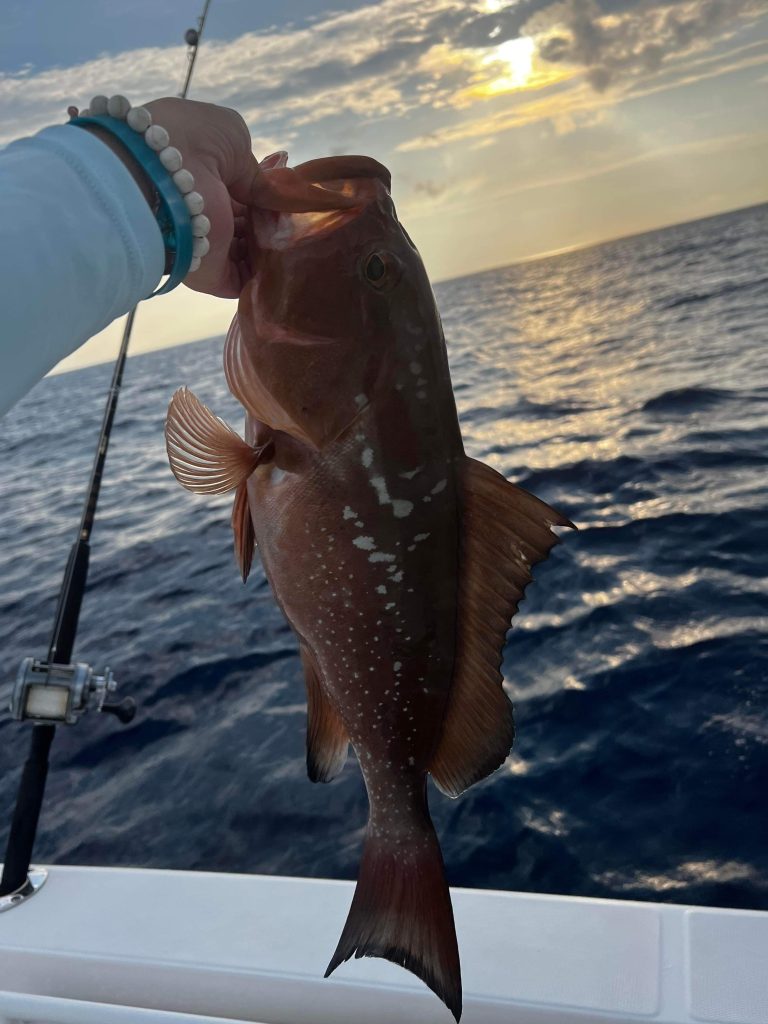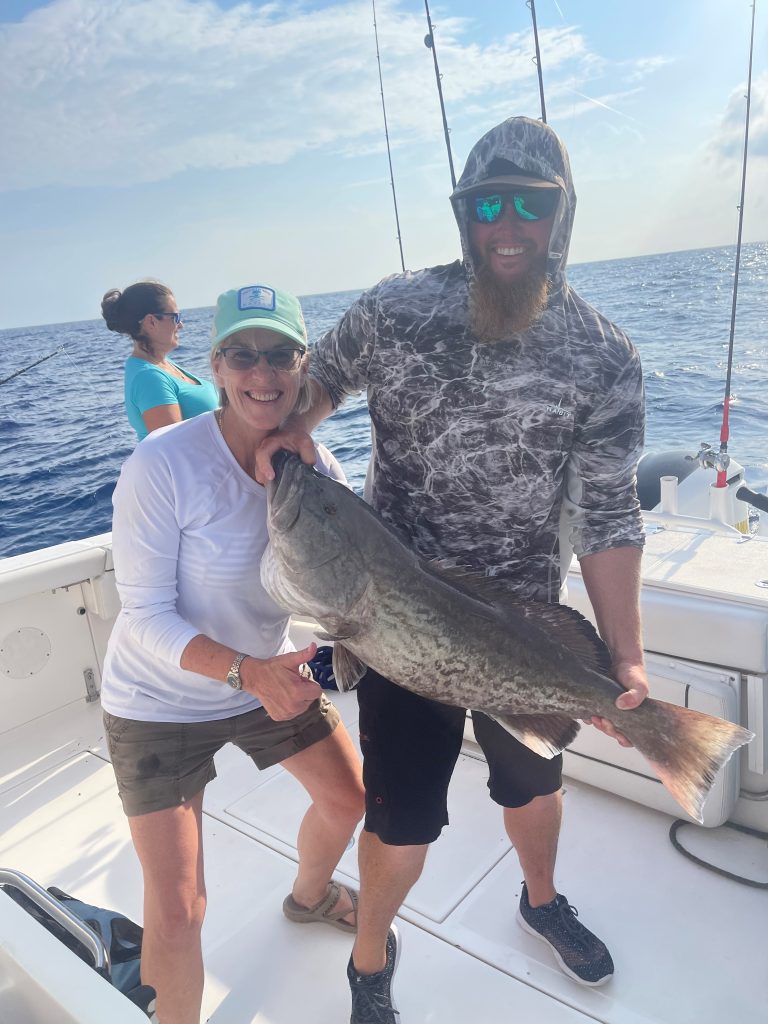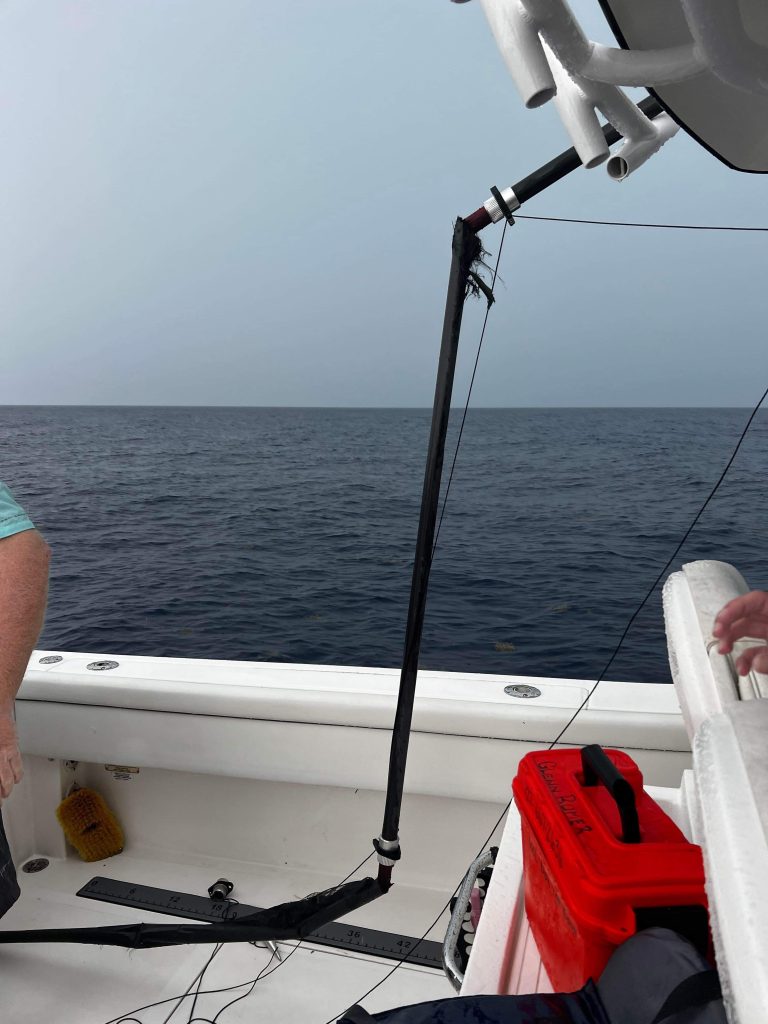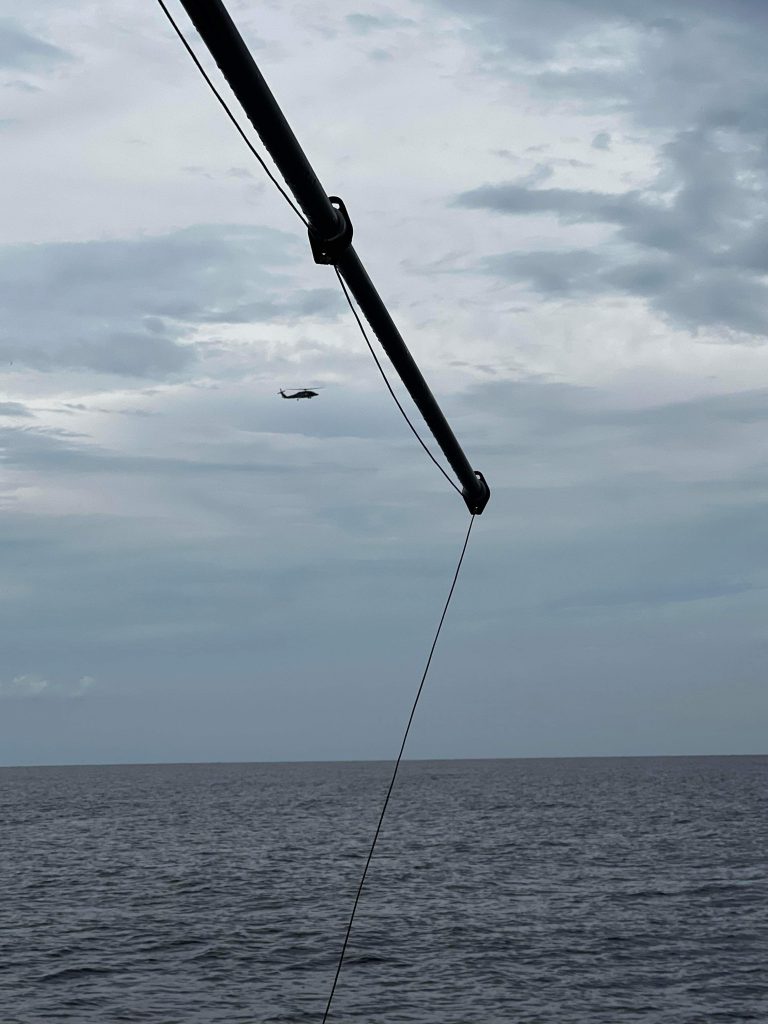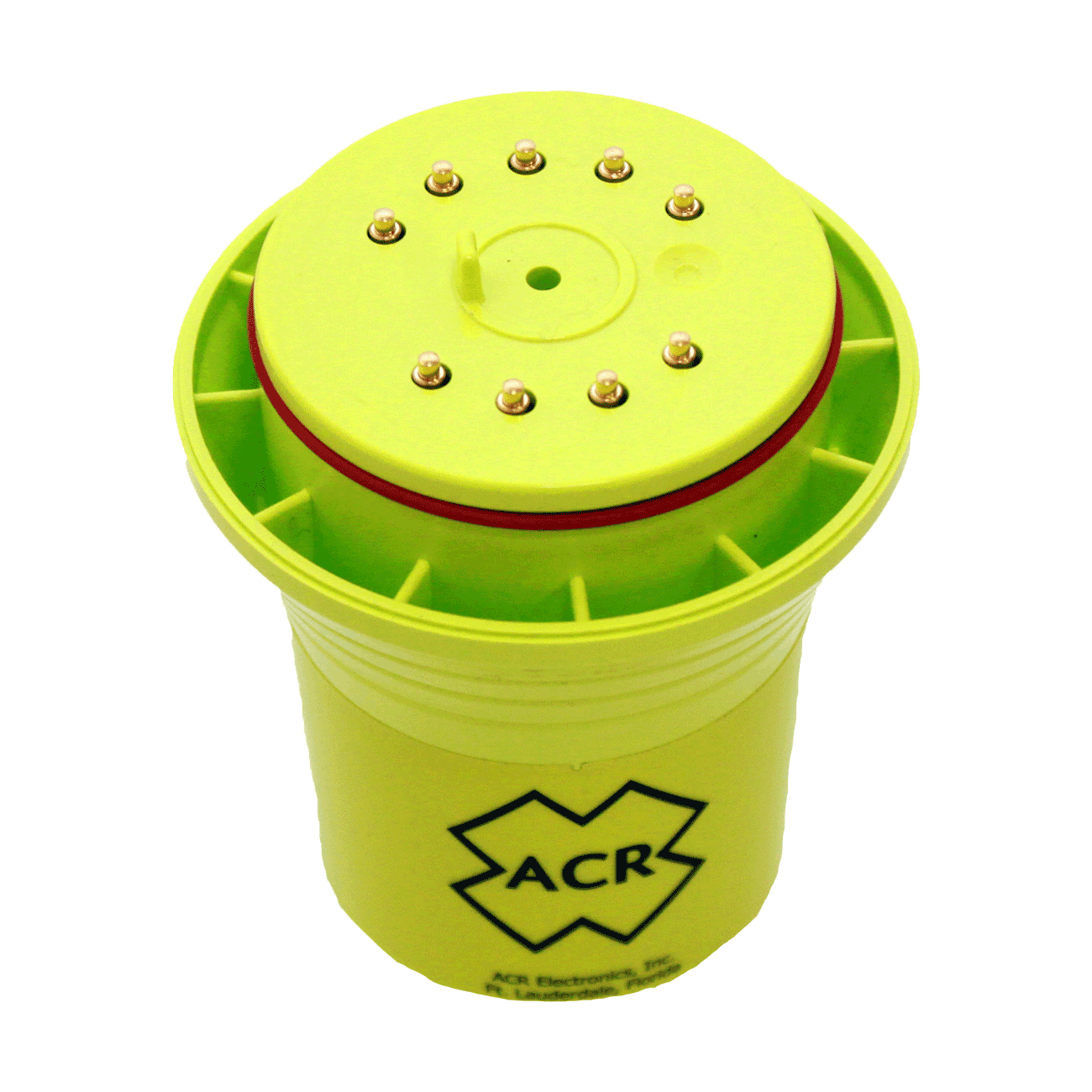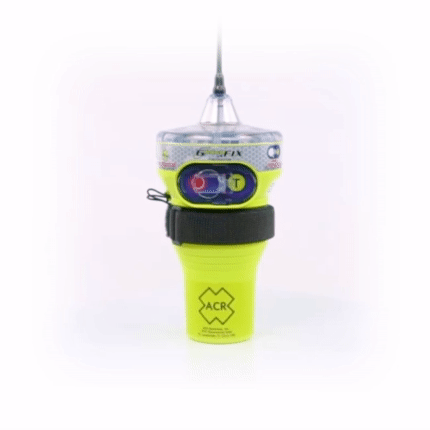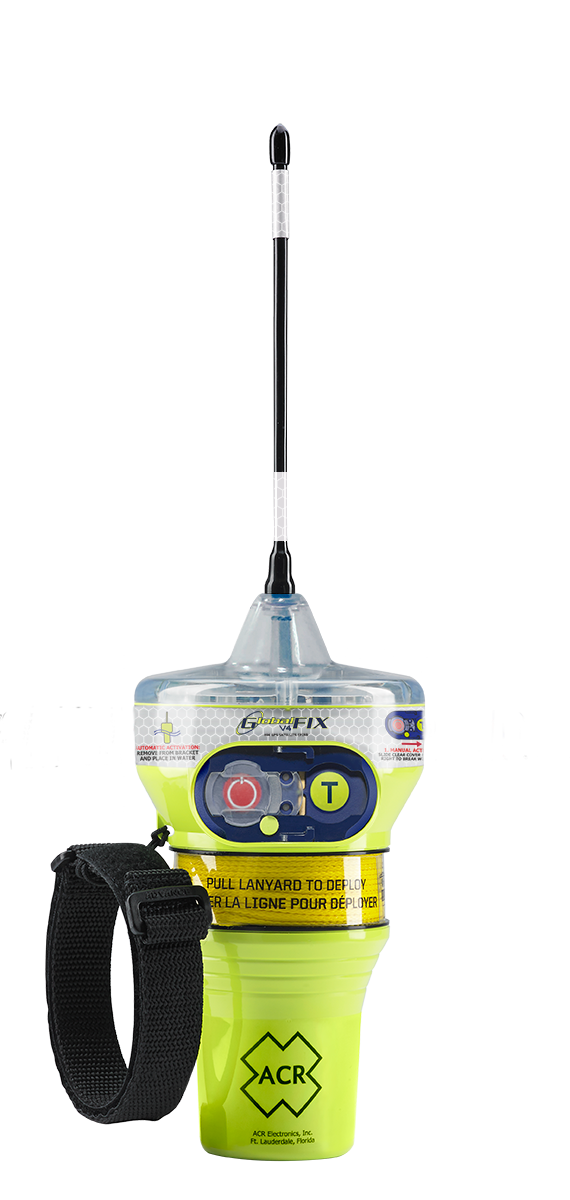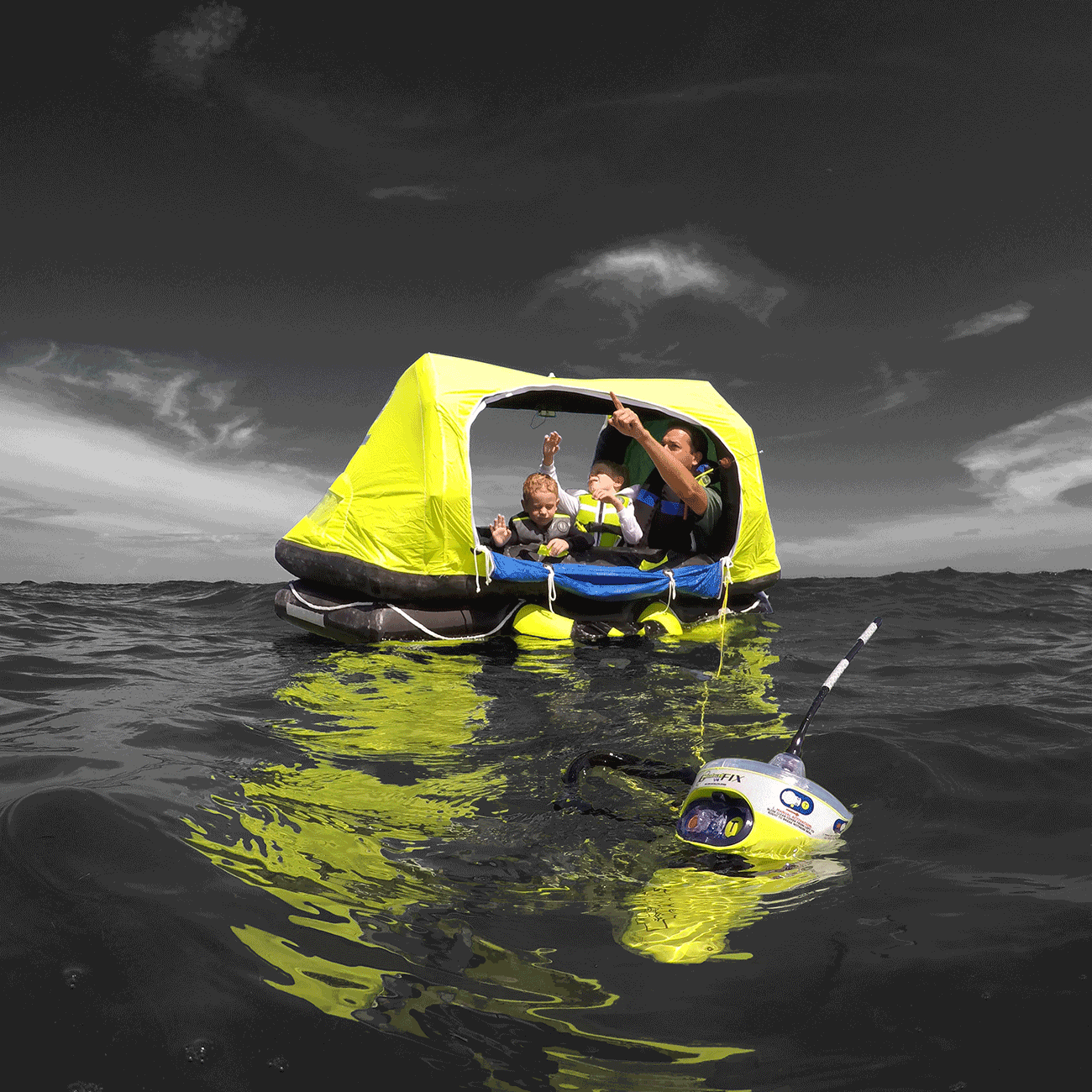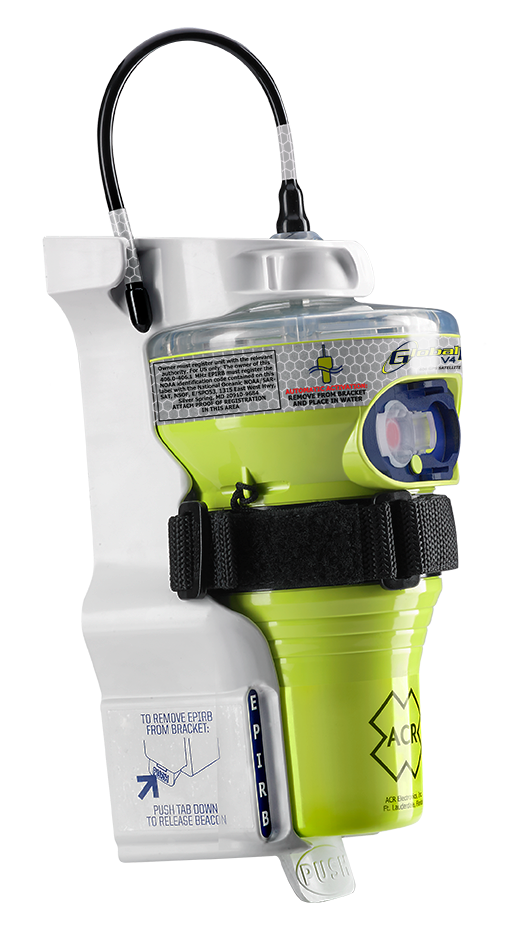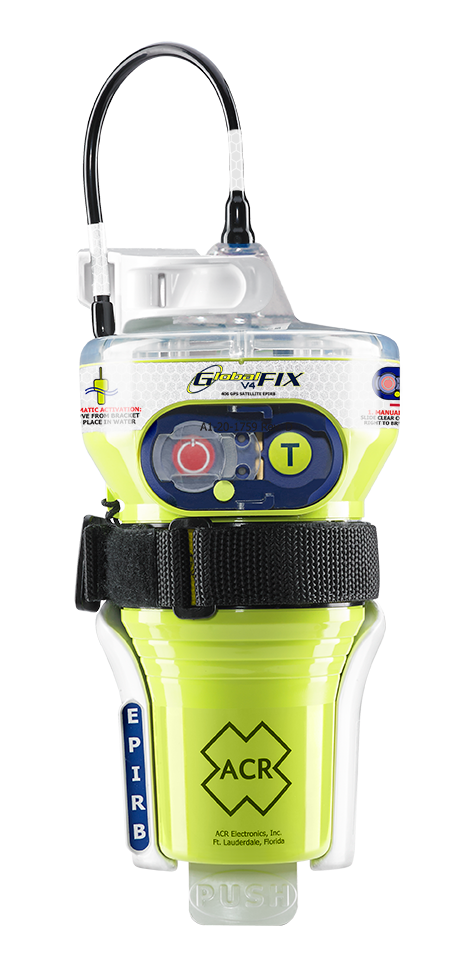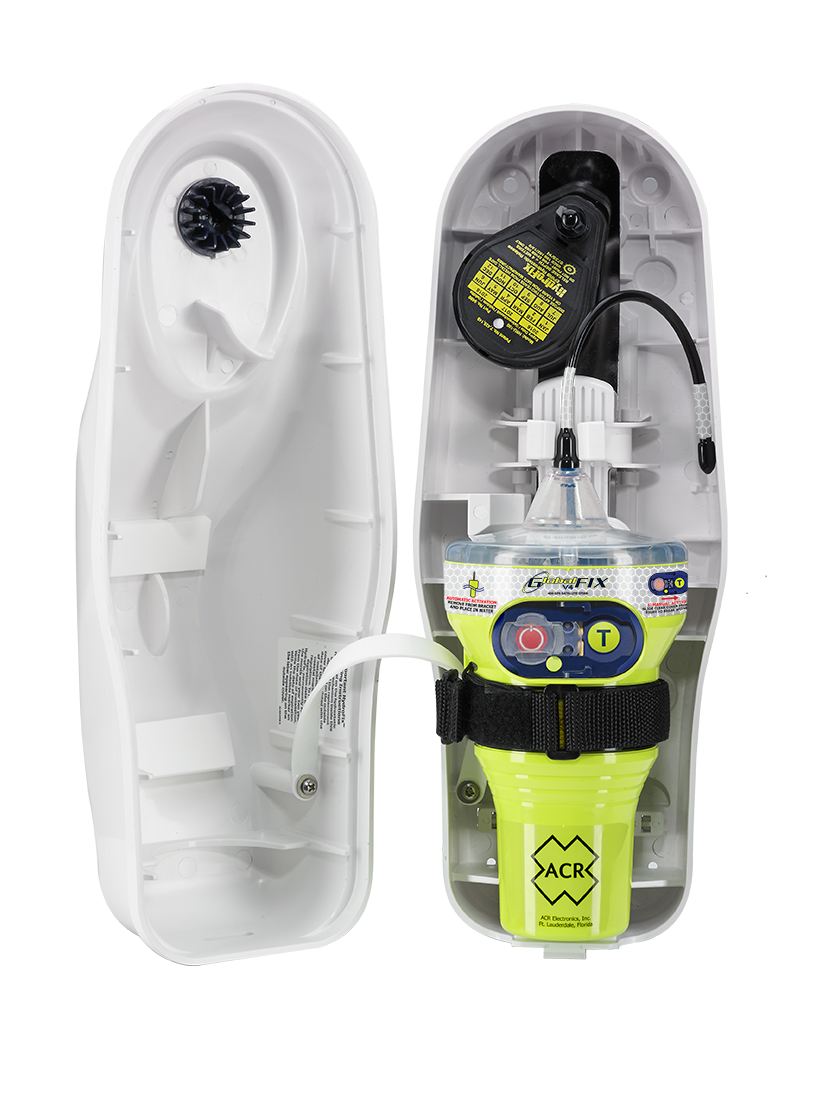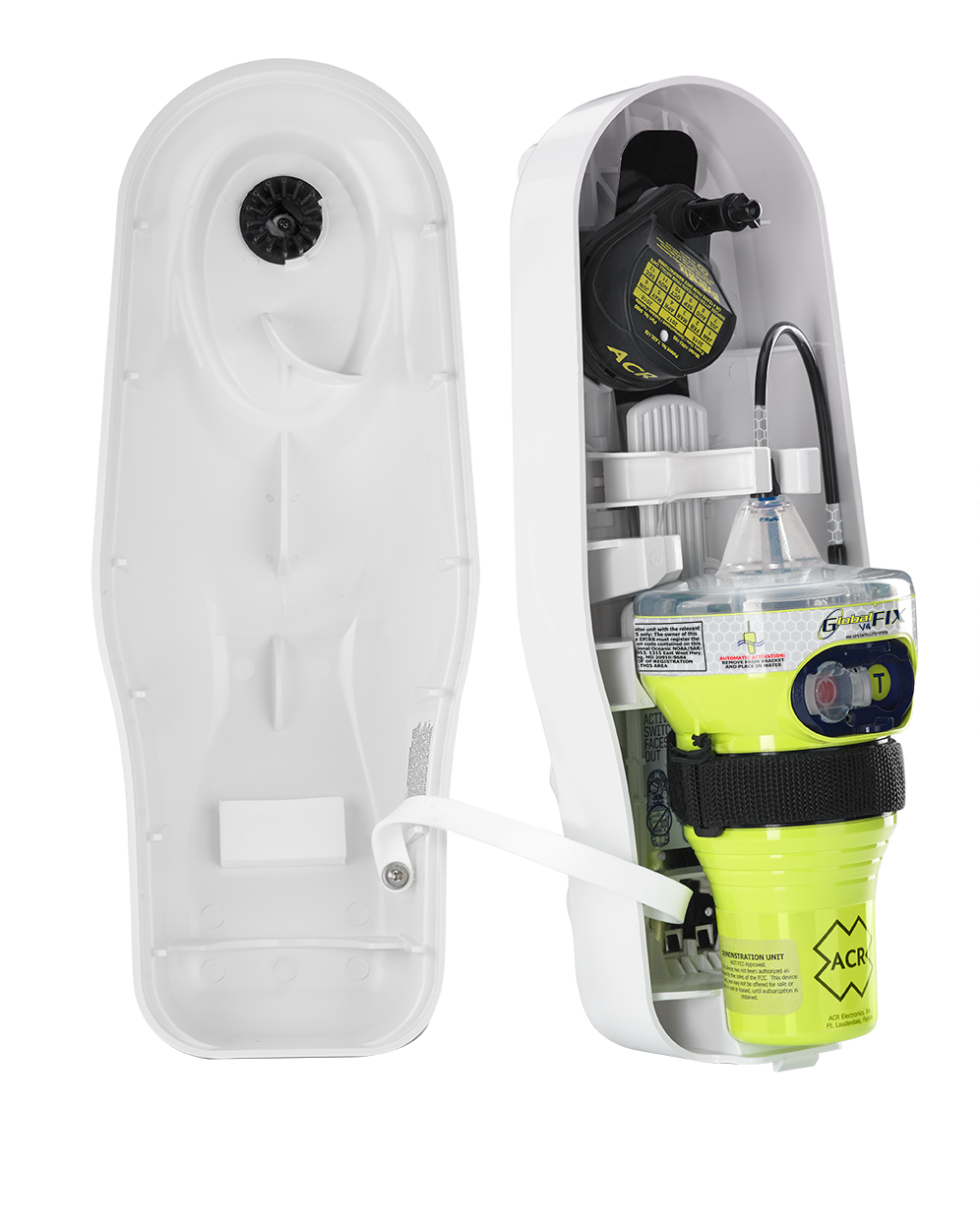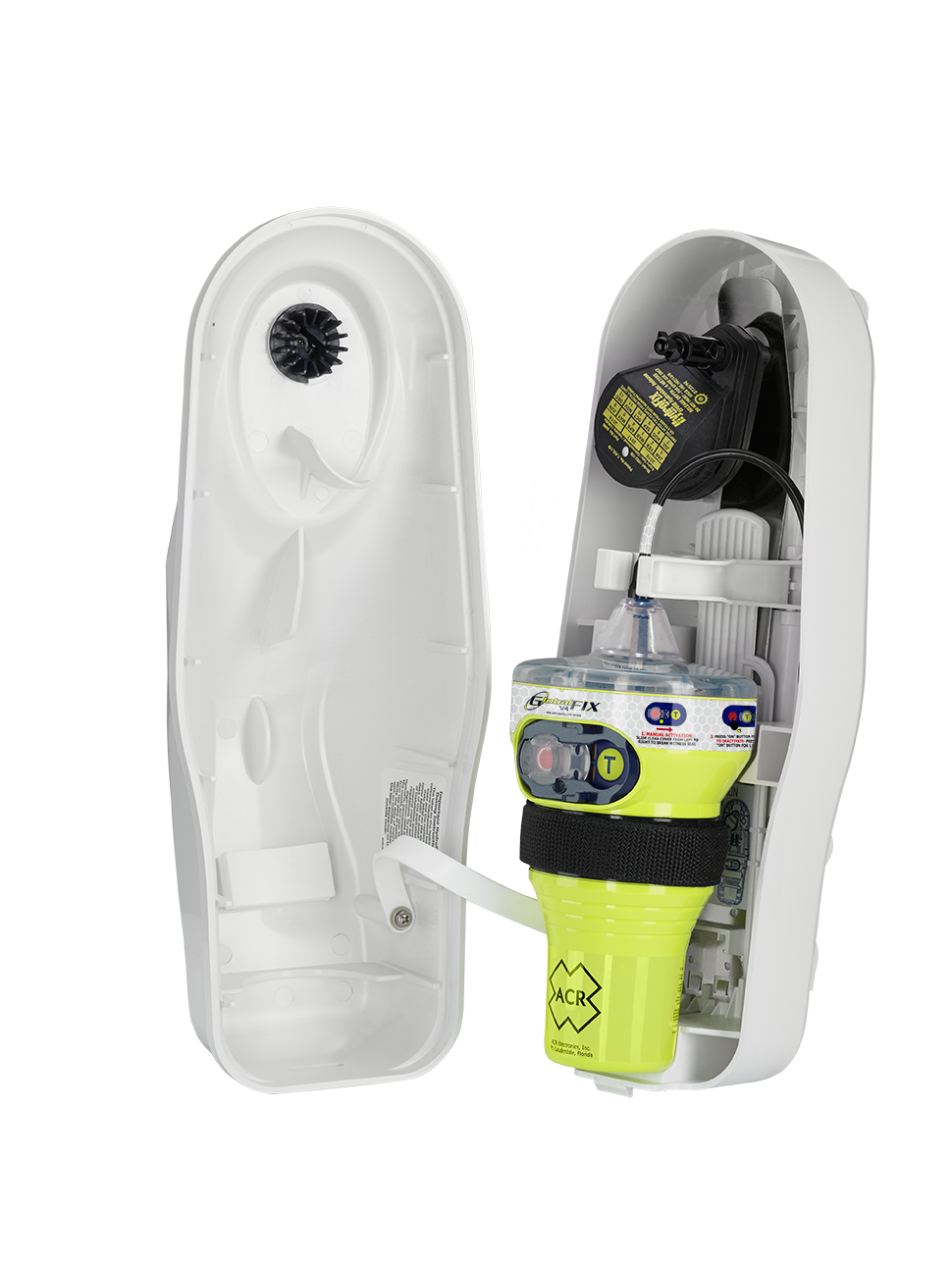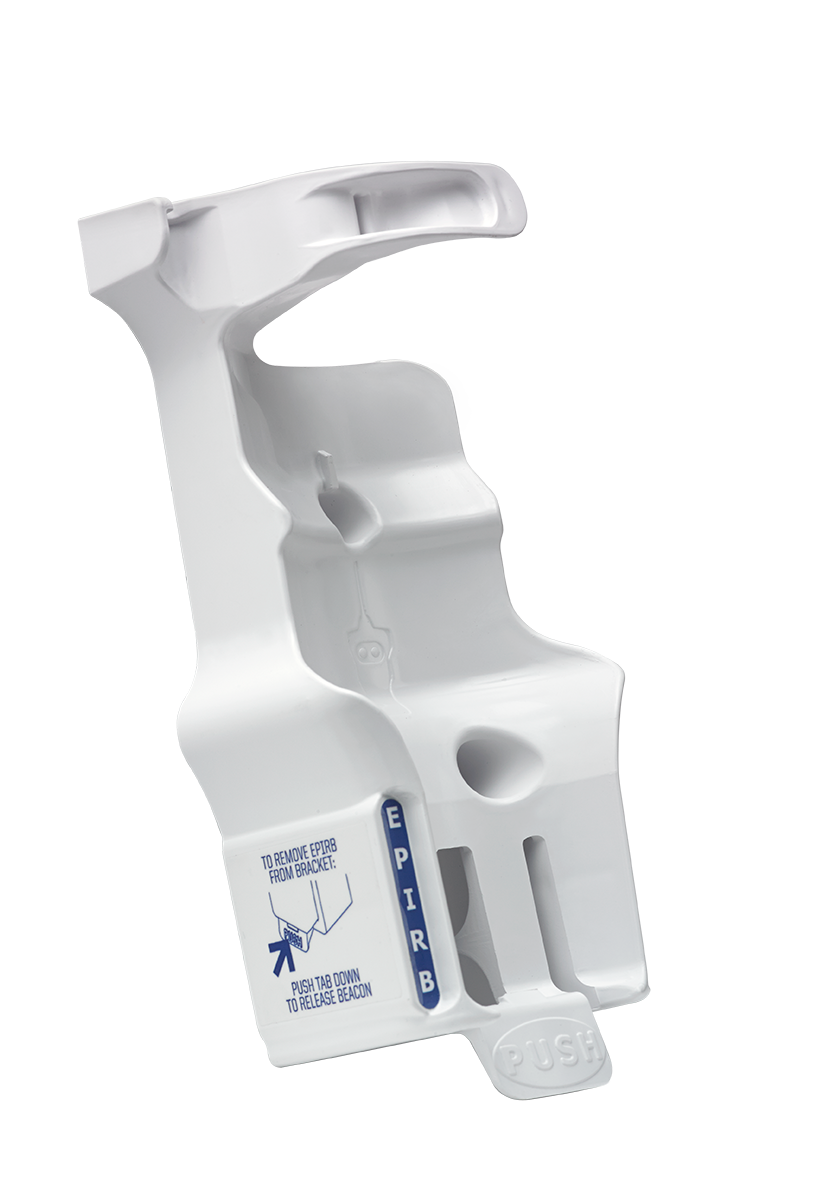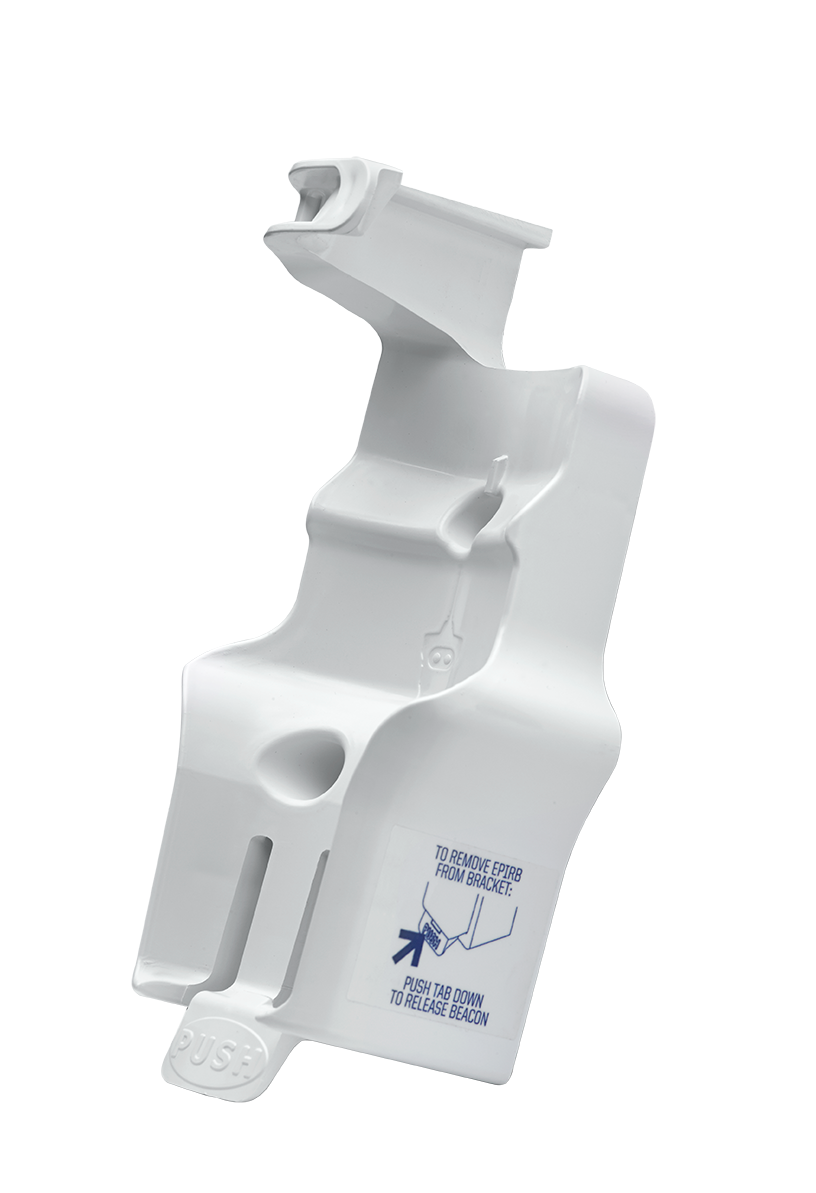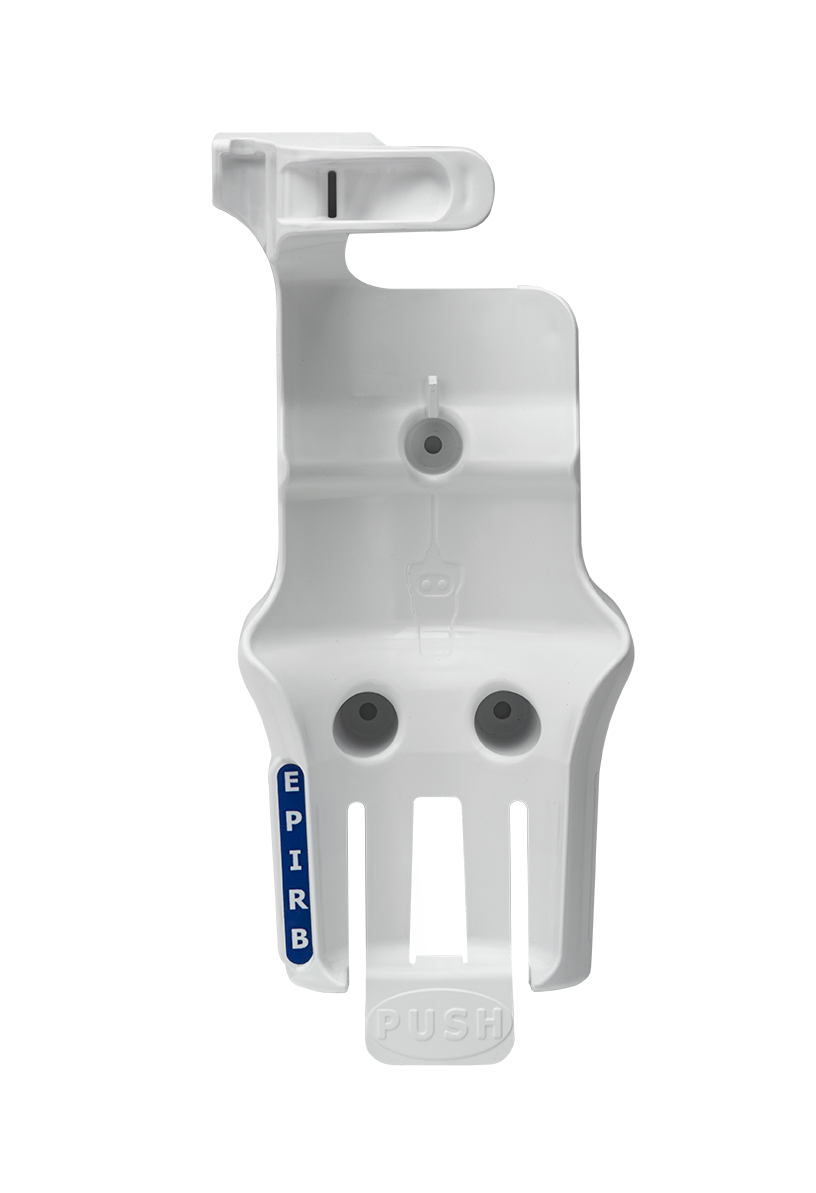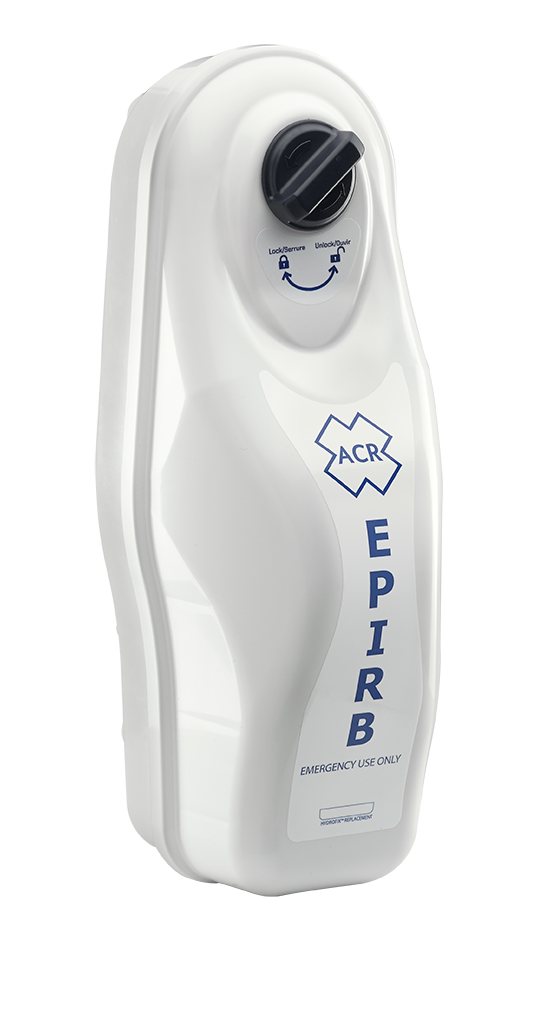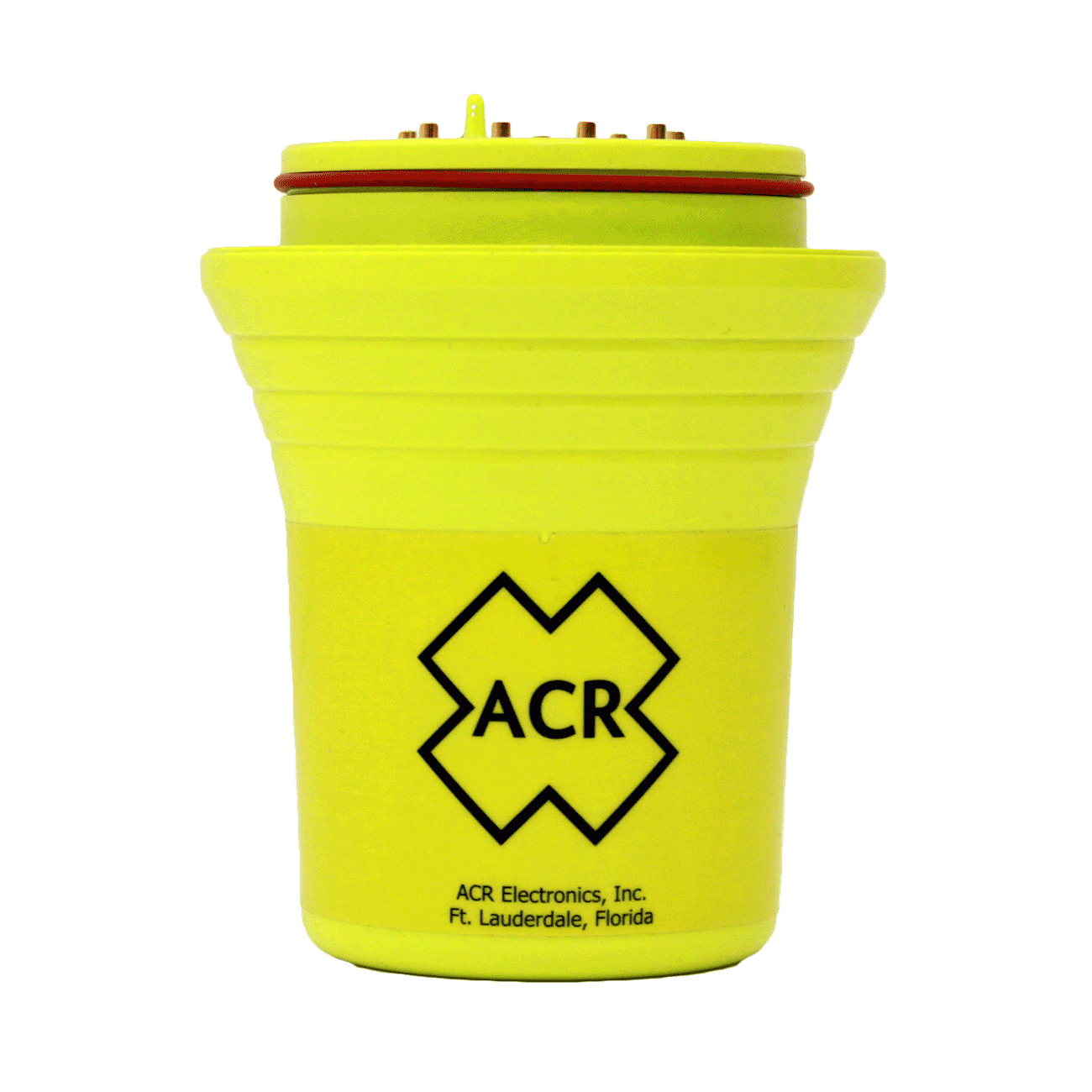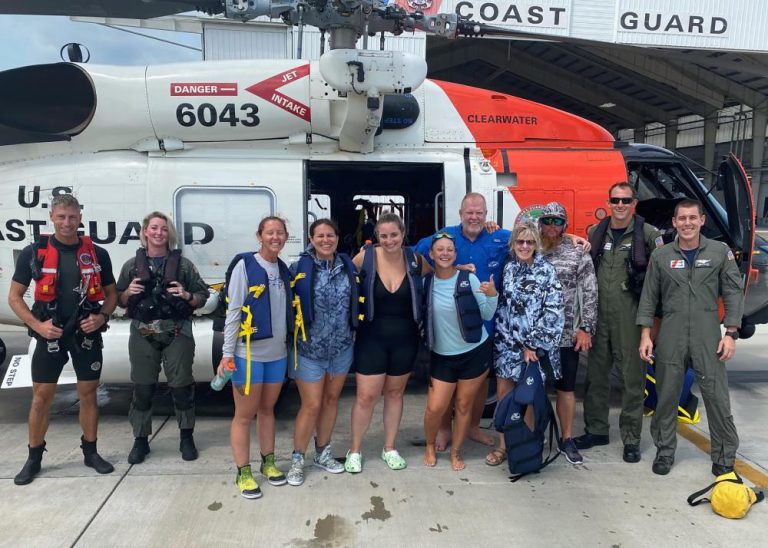
Lives saved
7

Fishing

Ocean

Weather

Thunder storm
Thunder, Lightning and a Lady's Fishing Tournament
27.9721° N°N, 82.8286° W°E
Posted on August 1, 2022 by Glenn
What happened?
I do a ladies fishing tournament with the Old Salt Fishing Foundation every year. this is an all-women’s inshore/offshore fishing tournament that brings female anglers together and raise money for ovarian cancer. This year, we had 5 ladies that I had going on my boat (Sherrie, Hannah, Megan, Tonya, and Andrea). I also had Josh, which is Megan’s husband, to help as a deckhand. The day before the tournament started, Josh and I gathered bait and loaded that trap with about 1000 bait. The bait was to allow the women the best chance to catch gag grouper, red grouper,, red snapper, mangrove snapper and kingfish.
Friday night we all met at my house to start the tournament at 12:01 in the morning. We started out behind my house to try and catch snook, which was part of the tournament fish for the inshore species. The women decided who was going to go first and at 12:01 Tanya got to get the first shot and smoke on my dock lights. On Tonya’s second cast, she hooked up, but it only lasted a few seconds before the snook shook the hook. After that, all the women tried their luck at it with no avail. At which point I had decided it was time to go ahead and get in the big boat to head offshore.
We were going to go 120 miles out to one of my special spots that we called Jurassic Park (due to the number and size of the fish that can be caught there). So, at 2:00 o’clock in the morning, we loaded into the big boat and started the three and a half hour venture out to Jurassic Park.
Josh and I started hooking up Baits and handing the rods to the ladies. Andrea was the first to hook up and she pulled in an 18 pound red snapper. . I immediately put the anchor out and got us locked into that spot. At which point all the ladies were pulling in one fish after another. Sherrie caught a 29-pound gag grouper, Hannah caught a 24-pound gag grouper, Tanya caught a 19-pound gag grouper, and then the red grouper bite started. All the ladies started pulling in one red group one after another in the 10-to-15-pound class. They were all whooping and hollering and having a great time.
The weather was beautiful; it was two foot or less seas with a 5-knot wind. I had checked the weather the day before and right before we were to head out to make sure we had no storms in our future. It was calling for five knot winds and seas 2 foot or less with late afternoon storms coming from the coast. The storms were not to start until after 4:00 o’clock. So, it looked to be one of those amazing days in the Gulf of Mexico.
Around 11:00 o’clock, I had noticed a storm on the horizon that had just started to form. It didn’t look like it was very big at the time, but I kept my eye on it. After about 10 minutes I noticed that the storm was brewing very quickly, so I decided to tell everybody it’s time to wrap it up and let’s go in. All the ladies still wanted to fish since the bite was still very hot and everybody was still catching fish one after another; but after seeing the storm coming in, they started to get ready to leave.
Josh and I clear the deck and put up all the rods for the ride home. We lined up four bean bags across the back to the boat and Hannah, Tonya, Megan, and Andrea took their positions across the back relaxed in the bean bags. Sherrie sat next to me at the helm and Josh stood in the doorway that went down below. We started to head in, cruising at full speed.
After running about 20 miles, I looked North and South the see if there was a way around this storm that was continually growing in size. There was no way to go around, so, I looked for an area in the storm that was clearing up and aimed for that section. In the past, those areas of a storm are usually where the storm is breaking apart and clearing up.
I decided to grab my phone and take a quick video of the boat going into the storm and how clear it was behind us and what we were getting ready to go into. As we started heading about a mile into the storm, the rain was torrential as it was coming down, the wind was immense, and the lightning had really started cracking down around us. It was when Josh and I had seen a strike of lightning about 30 yards from the boat that I had told Josh to take his hand off the metal cup holder. Josh took his hand off the holder to then pick up his phone and start a video of what we were going through.
I gave my hanging loose sign with a big smile to cover up my inner fears of what was going on around us. As the video will show as he panned around what had happened next.
Lightning had struck our boat.
The lightning had hit the Outrigger, through the T top, and out the transom motor and trim tabs. It was terrifying. I had immediately noticed Josh had kind of fallen to his knees and we had lost all power. I jumped up as well as my sister who sat beside me to attend to Josh. He came to very quickly and looked to be shuttered. I asked him if he was okay, he replied yes (timidly since he didn’t want Megan to realize that he had been hit by the lightning).
I immediately jumped into survival mode; thinking we need power. I had checked all the switches on the dash and I had checked the motors to see if I could get them running, to no avail. We were completely dead in the water. I had hollered to Sherrie to get the EPIRB. She was not sure what exactly that was at that moment. I had quickly explained it and she quickly handed that to me and I had set it off. It made a beep, and then started flashing. I had set it on the highest point I could at the time to make sure that its signal was sent, and the coast guard would come to our rescue.
“There was just the biggest flash like light bulbs right in your face,”
-Sherrie, Rescued Passenger
The boat had turned broadside to the wind, and we were getting drenched by 6 foot or better waves. It threw the boat around like a rag doll. Sherrie was getting everybody down below and getting their lifejackets put on. Josh was helping Sherrie with everybody getting their life jackets on. He also took the additional life jackets and connected them all together just in case the boat sunk so we would have a flotation raft to hang on to.
I, in the meantime, was still looking for ways to get the boat up and running. I checked the breaker panel and every switch I could to no avail. At that point, I went to get out of the storm and go down below with everyone else. Once I got down there, I could see the fear on everyone’s faces.
It was truly a traumatizing experience, and I was trying to get everyone’s mind off what was going on outside of the cabin. I started asking questions to try and take their minds off what was going on. Anything to get their minds off what was going on outside.
Lightning was still striking around us like there was no end. Some of the strikes felt like they were still hitting the boat, even though they were not. The wind was blowing 30 to 35 miles an hour and the waves were relentless.
After 30 to 40 minutes of the storm thrashing us around and the lightning seeming like it was never going to end; the storm subsided. We all decided to come out of the cabin to assess the damage. All the ladies were asking the same question.
How do we know if the EPIRB is really working?
I assured them it was doing its job and the Coast Guard would be on their way. Even though deep inside, I had the same questions running through my head. But I never let it show.
Josh and I started going through the boat to see what we could do to get things up and running. First thing we noticed was the VHF radio had power. So, we started calling mayday over the radio. We had no response. We had done this several times with zero response.
The next thing we needed to figure out was if the boat taking on water. Josh and I looked below and didn’t see any water coming in. I did check the switch for the bilge pump and noticed we did have a bilge pump working. Not sure how my VHF and my bilge pump were still working when nothing else would.
Couple days later I would find out that that is the way Stamas builds their boats. They run the VHF radio and bilge pumps on separate circuits just for these instances.
We needed to stop the boat from drifting, so I went to the front, since the windlass was not working, and manually set the anchor. We were in over 200 feet of water, so I decided the best thing to do was to put out all my anchor line of 600 feet. Then I went back to figuring out what we could do to get the boat running. We pulled the dash back to look at the breakers to find them in a crumbling mess. The breaker panel itself looked like it had been melted. There is truly no hope in getting any of that up and running. Then we look to the motors since they were on a separate circuit to see if we could get those running. Same thing. Nothing was looking hopeful at all.
It had been over an hour and 20 minutes at this point. The storm was going off in the distance, but you could see in the other direction that there were new storms on the horizon. Again, all the ladies started questioning how we knew that the EPIRB was working. Again, I gave them with confidence that it was, and the Coast Guard was on their way, and it was just a matter of minutes for them to get to us. Keep in mind we are over 100 miles offshore and it takes time to get out here. It took us three and a half hours to get out here. Still, in my gut and in my mind, I was just as scared as they were and unsure of it working.
“Coast Guard District Seven command center received an EPIRB alert and was able to contact the owner’s wife who said her husband and others where part of a fishing tournament.”
-United States Coast Guard
After about another 30 minutes Tanya had let out a sharp yell, “I hear a helicopter!” So, I had hollered to Josh to shoot a flare off the bow of the boat. I leaned over the side to see if I could hear the helicopter myself. Then, off in the distance, I could see the shadow of a helicopter above. Josh shot another flare off at that point. You could see the helicopter turn and head directly towards us. Once they had made that turn, I heard my VHF radio come on with someone talking. At that point everyone on the boat was screaming with joy, crying, and hugging each other that we had all been saved.
I began talking with the pilot on the US Coast Guard helicopter. He asked if anybody needed immediate medical care. I’d let him know that everyone was okay but there were three people that needed to be checked out. Josh had the power of lightning scorched through his body, causing him to blackout. Tanya felt the electricity run through her hands and feet, and Megan was 25 weeks pregnant at the time.
The Coast Guard had asked If anybody else wanted to be rescued. I had stated that all of us would like to be, since off in the distance, there were more storms coming. No one wanted to go through anymore of what we just went through. Including myself. The Pilot let us know that they would deploy a diver and he would take one person at a time out to the basket to be hoisted up into the helicopter.
Then we saw the diver being deployed. He swam out to our boat to start getting people into the basket. Megan went first, and one by one they were all pulled up into the helicopter that was just 20 to 30 yards off the stern of my boat. I watched the last person get pulled up while I was still on the boat when I broke down and thanked God for saving us and everyone being ok. I also, thanked the US Coast Guard and prayed for their speedy response which was only possible by having an EPIRB.
I then had the diver come to the boat and tell me it was my turn. He looked tired, so I asked him if he wanted to take a second to catch his breath. Since he just swam 6 people out to the helicopter and swam back. He said yes please. So, he radioed the pilot and the pilot backed up away from the boat for a few minutes. Then it was my turn. He swam me out the basket to be hoisted up to the helicopter. Once I got into the helicopter, I could see everyone’s faces and the relief that we were all rescued, and I broke down again. Thanking God and everyone involved that we were all alive.
In the helicopter we had little over an hour ride to get back inland. During this time, I looked out the window to see things that I thought were boats, that turned out to be waves and things that I thought were waves that were actual boats. Realizing just how small we really are when we are out on the water.
Once we had landed, we got to really meet the crew of the US Coast Guard. Brian was the Diver that rescued everyone off the boat, and Carli was the one that handled the basket and pulled each of us into the helicopter. We had hugged everyone and thanked them for saving us. The main pilot had asked for my life jacket so they could hang it up on a wall that they had of all the survivors that they have rescued. I gave it to them with no hesitation. That is one wall I am glad to be on.
Carli had shown me a picture she had taken when she had received the distress call from our EPIRB. It showed us in the worst possible place to be in the storm; it was purple (which is the worst of any storm). It also showed 76 strikes of lighting on top of us. That explains a lot. The wind was shown to be steady at 35 miles per hour. What had happened was there were two storm cells that were coming together, and we ended up right at the same spot as they came together.
“Lightning storms are routinely encountered in the Florida maritime environment and can pose a significant hazard to boaters. Fortunately, the boaters in this case were well prepared with all necessary safety equipment including an EPIRB, flares, and a marine VHF radio to ensure a quick and efficient rescue.”
– Lt. David McKinley, Coast Guard pilot.
Words of wisdom
I’m here today for one reason. I had a EPIRB on my boat. There are so many other people that lose their lives because they are not prepared to be on the water. Just 12 years ago, there were four football players that went out on a day that they knew a storm was coming in that evening, but the fishing was so great they tempted their fate. Three of the football players were never found and one was. He had extreme hypothermia and from what I hear is still dealing with that to this day. If they had an EPIRB on their boat the story would be a lot like mine. They will be with their families and loved ones to this day. When/If you go offshore fishing or boating, you’re required to have safety items on your boat: flares, life jackets, fire extinguishers, horns, and whistles; but for some reason, they don’t require us to have EPIRB’s. This is an item that should be on every boat and should be required just as the other items that were listed. This saved my life and six other people’s lives on this day. We were able to see our families and loved ones again and one of our crew is going to be having a baby here in the near future. All this is possible by me being prepared and having the right equipment on my boat to make sure that everyone gets home safe. With the cost of boats as expensive as they are, the cost of an EPIRB is merely pennies compared to that. The next time you decide to go out fishing or boating offshore keep that in mind. It’s not only your life that’s at stake, it’s anyone you decide to take with you.
Thank you note
God Bless the US Coast Guard and everyone that it took to save us. God Bless the workers at ACR that make a device that works, and one I will always have total confidence in for the rest of my life. Most of all, thank you God for overseeing us to make sure no one was hurt during this nightmare.
Rescue location
Clearwater, FL
Rescue team
Coast Guard
GlobalFix™ V4 EPIRB
Go to product details- GlobalFix V5, Next Generation AIS EPIRB
- Ocean Signal EPIRB1, 406 MHz EPIRB
- Ocean Signal EPIRB1 Pro, 406 MHz EPIRB




